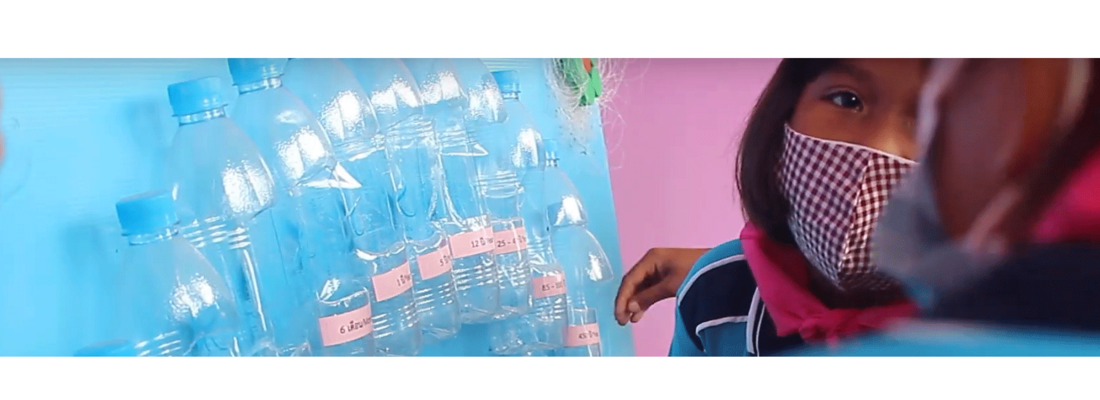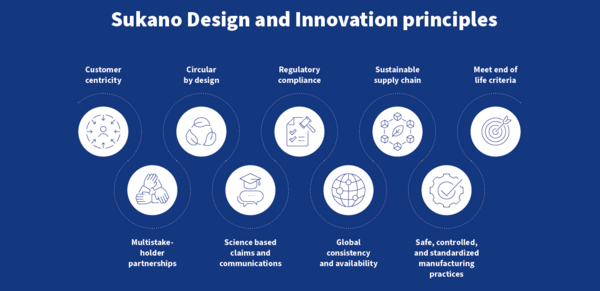Sukano takes its societal responsibility seriously and is fully committed to a world without plastic waste. Design for circularity is embedded in the company’s Design and Innovation principles. For this reason, Sukano corporate responsibility initiatives aim to go beyond the company’s product, processes, and applications. The company strives to build strategies that not only advance business but also invest in the common good to give back to the society. This agreement is another step in putting these principles into action.
Raising awareness about the value of recycled plastics
“The Fondation Jan & Oscar’s holistic approach was one of the key factors for us to establish this partnership,” states Norman Egger, CEO and Board Member of Sukano Corporate. “We are firmly convinced that education and raising awareness about the importance of a waste management plays an essential role for a sustainable and long-term societal and environmental development.”
The first principle of a circular economy is to eliminate waste and pollution by keeping materials in the productive loop for as long as possible. Plastic is a prime example. Over decades, people have become accustomed to think of many plastic products as disposable, to be thrown out immediately after a single use. The result is a massive plastic waste issue, particularly in the world’s oceans.
“Educating children from an early age about waste and waste management practices and the solutions that exist, is a necessity to find sustainable means to marine plastic pollution,” states Laurence Pian, Founder of Fondation Jan & Oscar. “The kids become recycling ambassadors to their families and communities and motivate them to think of innovative ways to overcome and hinder these problems.”
Rather than a pollutant, plastic waste can in fact be a valuable resource1, to be used again and again. It is a question of changing our behaviors and actions to ensure that more plastic is collected, recycled, and stays in use, rather than finding its way into our fragile marine ecosystems.
Tackling the problem of marine plastic waste at its source
Most of the plastic we find in the ocean is leaked from land: 70-80% flows downstream through inland waterways to the sea.1 At first, it may stay in coastal waters, but it can be picked up by rotating ocean currents, called gyres, and transported across the world2.
Because it is very challenging to retrieve plastic from the ocean once it has entered it, the better strategy is to prevent plastic waste from entering open waters in the first place. While the industry is working tirelessly on innovations to hinder plastic waste from ending up in the open environment, in the meantime solutions are needed to ensure plastic stays in the economy and out of the environment.







